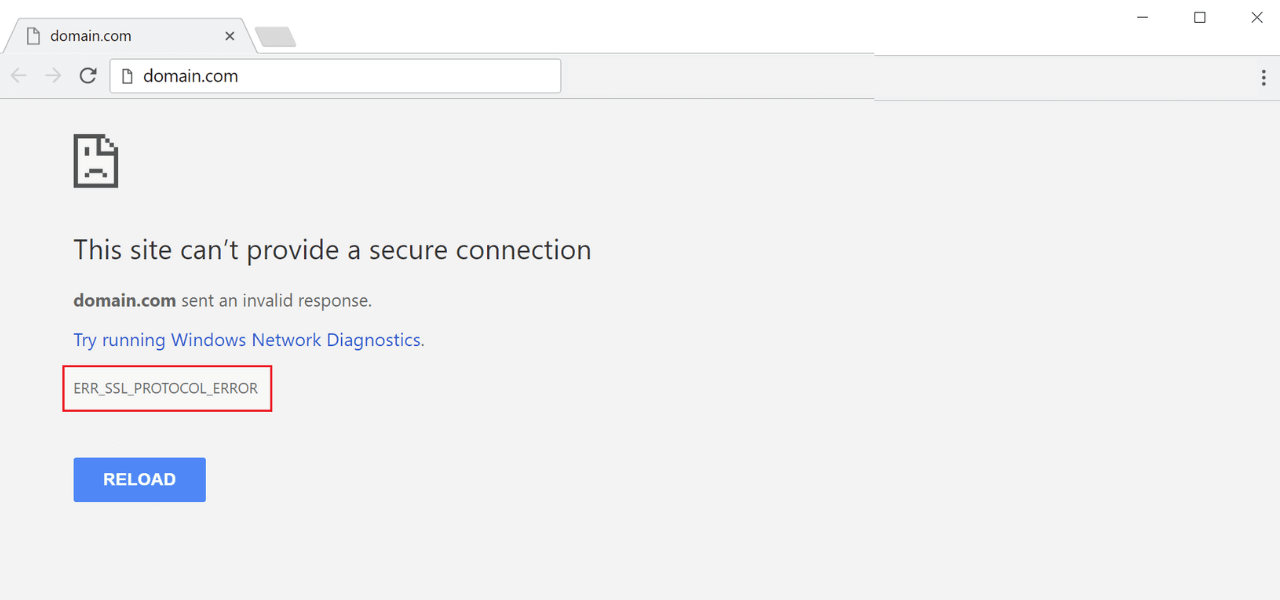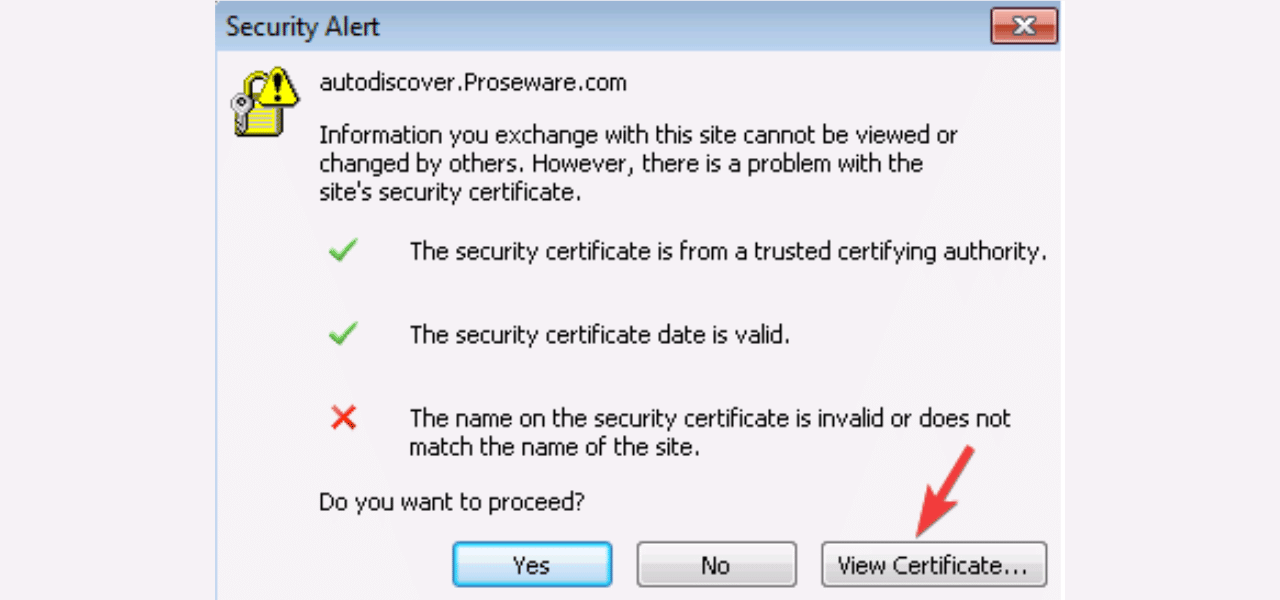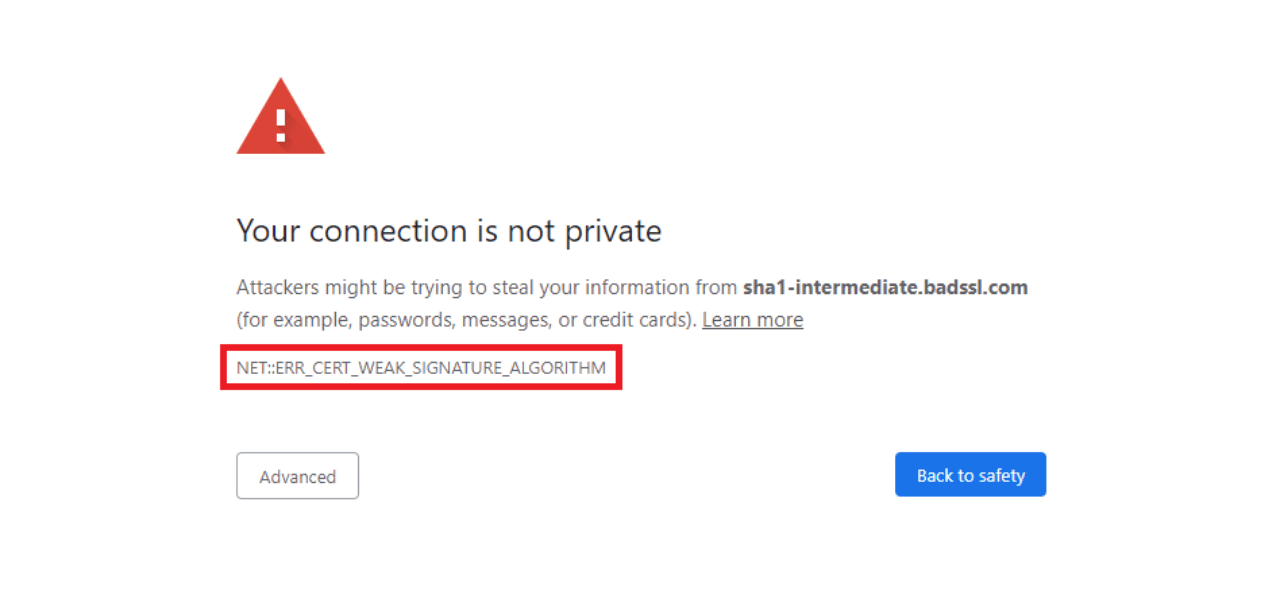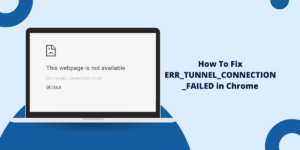What Does NET::ERR_SSL_PROTOCOL_ERROR Mean?
The NET::ERR_SSL_PROTOCOL_ERROR is a common error that users face when trying to access certain websites using Google Chrome. This error indicates that there is a problem with the SSL/TLS connection between your device and the website’s server.
SSL (Secure Sockets Layer) and TLS (Transport Layer Security) are encryption protocols that allow secure communication over the internet. They encrypt data between your device and the website’s server to prevent eavesdropping and data theft.
When you try to access a website that uses HTTPS, your browser checks whether the website’s SSL/TLS certificate and encryption methods are valid and trusted. If there is any discrepancy, you will see the NET::ERR_SSL_PROTOCOL_ERROR message.
This error is usually caused by one of these reasons:
What are the Common Causes of the ERR_SSL_PROTOCOL_ERROR
- The website uses outdated SSL/TLS protocols that are not supported by your version of Chrome.
- The SSL certificate is invalid, expired or does not match the domain.
- There are problems with your network connection, browser settings or antivirus software.
- The website’s server configuration has issues that prevent proper SSL/TLS handshakes.
Fortunately, in most cases, you can easily fix this error by making a few tweaks to your Chrome browser.
10 Easy Steps to Fix the NET::ERR_SSL_PROTOCOL_ERROR in Chrome
- Refresh the Page
- Clear Browsing Data
- Allow Less Secure SSL/TLS Protocols
- Disable Extension Causing Conflicts
- Check your Antivirus and Firewall
- Reset Chrome’s SSL/TLS Settings
- Update Google Chrome
- Use Incognito or Guest Mode
- Reset Chrome to Default Settings
- Check if the Site is Down
1. Refresh the Page
The first thing to try is simply refreshing the page by clicking the refresh icon or pressing F5. This reloads all resources and re-establishes the SSL/TLS connection.
Temporary network errors or a short browser glitch could trigger this error. Refreshing gives it another try.
2. Clear Browsing Data
If a refresh doesn’t work, clearing your browsing data forces Chrome to erase cached site resources and restart fresh.
Follow these steps:
- Open Chrome and click on the three vertical dots in the top right corner to open the menu.
- Select Settings.
- In the left sidebar, click on Privacy and security.
- Under “Clear browsing data”, click on Choose what to clear.
- Check the boxes for Cookies, Cache and Hosted app data. Make sure Browsing history is NOT checked.
- Use the dropdown menu at the top to choose the desired time range. Select beginning of time to clear everything.
- Click Clear data.
This will delete all cached and temporary site data without affecting your history, bookmarks, etc. Try loading the site again after this.
3. Allow Less Secure SSL/TLS Protocols
If you are getting errors on old sites with outdated SSL implementations, Chrome may be blocking them by default.
You can allow less secure protocols like TLS 1.0 and 1.1 as a workaround.
- Type chrome://flags in the address bar and press Enter.
- Search for SSL and find the setting TLS 1.0 and TLS 1.1 protocols.
- Click on the dropdown and select Enabled.
- Relaunch Chrome for the changes to take effect.
Enable TLS 1.0 and 1.1 at your own risk, as these older protocols have known vulnerabilities. Only use this solution for incompatible sites you trust and need to access.
4. Disable Extension Causing Conflicts
Browser extensions that interfere with page requests and modify content can sometimes break SSL connections.
Try temporarily disabling your Chrome extensions to see if any are causing conflicts:
- Type chrome://extensions in the address bar and press Enter.
- Turn off individual extensions by clicking the blue toggle on each entry.
- Alternatively, click Remove All to disable everything.
- Reload the problematic page.
If the error goes away, turn extensions back on one-by-one until you identify the problematic one. You can uninstall or update that extension to permanently fix.
5. Check your Antivirus and Firewall
Overly restrictive antivirus suites and firewalls may block Chrome’s access to essential SSL/TLS processes and certificates.
Add exceptions for Chrome in your antivirus and firewall settings. Turn them off temporarily to see if it fixes the issue.
- For Windows Defender Firewall, add port 443 for Chrome.
- For other firewalls, see their documentation to whitelist Chrome.
- For antivirus, look for SSL scanning options and disable certificate inspections if possible.
Also check for any available software updates to ensure compatibility with Chrome.
6. Reset Chrome’s SSL/TLS Settings
If none of the above help, resetting all of Chrome’s SSL and HTTPS settings may resolve the problem:
- Type chrome://flags in the address bar and press Enter.
- Click on the Reset all to default button on the top right.
- Relaunch Chrome for changes to take effect.
This will restore the original SSL configuration and clear out any problematic settings.
7. Update Google Chrome
An outdated Chrome version could be incompatible with newer SSL protocols used by the website.
Updating Chrome ensures you are using the latest encryption standards:
- Click the three vertical dots menu in the top right corner.
- Go to Help > About Google Chrome. The browser will automatically check for updates.
- If an update is available, click Relaunch to update and restart Chrome.
Always keep your Chrome version up to date for both security and compatibility.
8. Use Incognito or Guest Mode
As a last resort, try using Chrome’s Incognito or Guest mode windows to access the site. These modes use a separate Chrome profile.
- For Incognito, press Ctrl+Shift+N (Windows/Linux) or Cmd+Shift+N (Mac).
- For Guest mode, click your profile icon > Guest window.
If the error goes away, some setting in your Chrome user profile is the culprit. You can fix this by resetting Chrome settings to default.
9. Reset Chrome to Default Settings
If Incognito/Guest modes work, the issue is being caused by a corrupt browser configuration for your main Chrome profile.
You can fully reset Chrome to factory settings:
- Open Chrome and click the three vertical dots menu > Settings.
- At the bottom, click Advanced.
- Under “Reset and clean up”, click Restore settings to their original defaults.
- Confirm by clicking Reset settings.
- Restart Chrome. This will undo all settings changes and you’ll have to reconfigure your profile.
This should fully eliminate any problematic SSL configurations as a last resort.
10. Check if the Site is Down
In some cases, the website itself may be having problems with its SSL certificate or server configuration.
Try accessing the site from other devices or web browsers. If they are also showing SSL errors, the problem is on the website’s end.
Contact the site owners or check their social media channels for any SSL-related downtime notices. You’ll have to wait until they fix issues on their web servers.
Final Words
Chrome’s ERR_SSL_PROTOCOL_ERROR message may look concerning initially, but in most cases it can be easily fixed. Just follow the step-by-step troubleshooting guide outlined above. Clearing browser data, updating Chrome, and resetting settings usually resolves the most common causes. With a few simple tweaks, you can securely access your favorite websites again.
Frequently Asked Questions
Why do I get NET::ERR_SSL_PROTOCOL_ERROR in Chrome but not other browsers?
Chrome aggressively blocks outdated and insecure SSL protocols. Trying the site in Firefox or Safari may work if they have lower SSL standards. However, it’s best to fix the error in Chrome for optimal security.
Should I ignore the warning and proceed to the site?
No, you should not ignore SSL protocol errors. Proceeding despite the warning compromises the security of your connection and data. Resolve the underlying issue first.
How can I prevent this error in the future?
Keep Chrome updated, don’t tamper with advanced SSL settings, and be cautious when installing unknown extensions. Reset Chrome to default if you notice recurring SSL problems after changing settings.
Is there a way to permanently allow the site with errors?
You can create an SSL exception in Chrome for problematic sites you trust. But this is not recommended, as it weakens your browser security. Avoid exceptions unless absolutely necessary.
What if clearing cookies, cache, etc does not fix it?
Try resetting all Chrome settings to default if regular troubleshooting does not resolve it. Reinstalling Chrome is another option if you have customized a lot of advanced settings.



